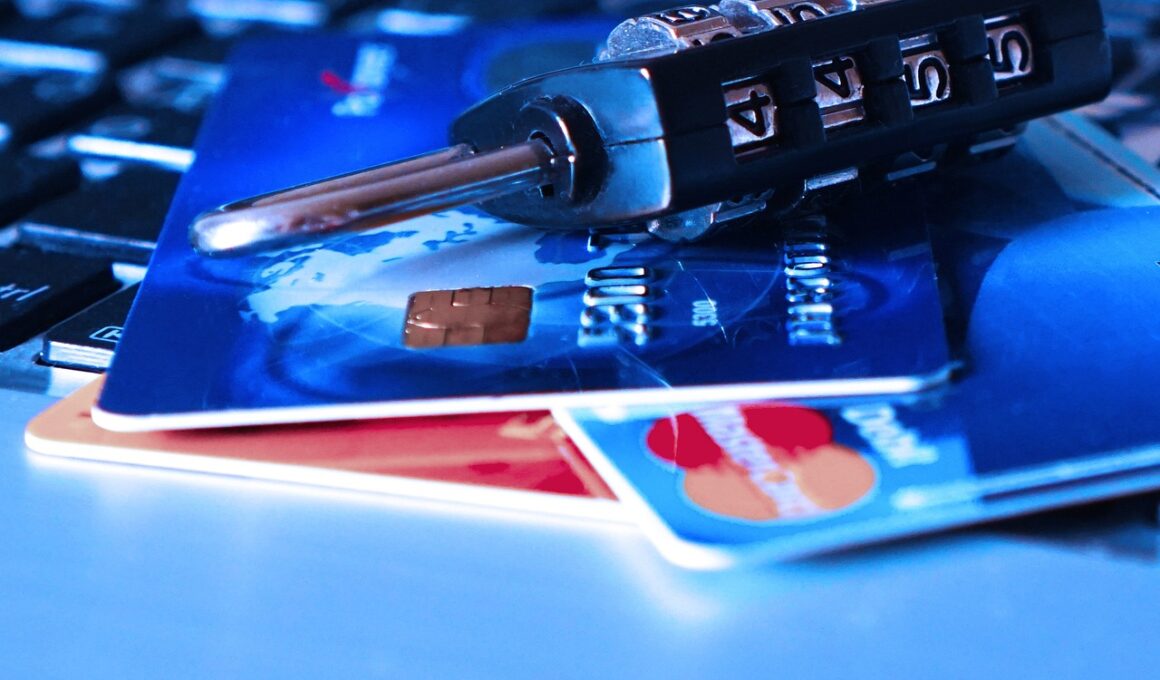How to Monitor Your Credit to Prevent Identity Theft
Monitoring your credit is crucial for preventing identity theft. Credit scores and reports, which include your financial behavior, help lenders determine your trustworthiness. A high score signals that you are responsible with credit, while a low score can hinder your ability to secure loans. Identity thieves can damage your credit history, so regularly monitoring your score is essential. This process involves checking for any unfamiliar activities or accounts. One effective method is to obtain your free annual credit report from the three main credit bureaus: Experian, Equifax, and TransUnion. Review these reports thoroughly for errors or signs of fraudulent activity.
You should also consider enrolling in a credit monitoring service. These services alert you to significant changes in your credit report, such as new accounts being opened in your name. Many offer identity theft protection features, such as insurance that can assist you in case your identity is compromised. Additionally, remember to set up alerts for transactions on your bank accounts and credit cards. This way, you can quickly respond and report suspicious transactions. Protecting your credit score from identity thieves starts with understanding your credit rights and staying proactive in monitoring your financial activities.
Your payment history significantly influences your credit score. Make sure to pay bills on time to avoid late payments that could negatively impact your score. Consider setting up automatic payments or reminders on your phone to stay on track with due dates. If you’re unable to pay a bill, contact your creditor promptly. Often, lenders are willing to work with you. Furthermore, never apply for multiple credit accounts in a short period, as it can raise red flags and lower your credit score. Maintaining a good payment history over time builds a solid credit profile.
How to Dispute Errors
If you find any inaccuracies on your credit report, it’s vital to dispute these errors swiftly. Start by contacting the credit bureau that provided the report with the error. You can submit your dispute online, over the phone, or by mail. Include a detailed explanation of the error along with any supporting documentation. The credit bureau typically has 30 days to investigate your claim. If they determine your claim is valid, they will rectify the error on your report. Follow-up to ensure the change has been implemented.
In addition, review your credit utilization ratio, which compares your credit card balances to your limits. Keeping your utilization below 30% is advisable, as higher utilization can signal to lenders that you may be over-reliant on credit. If possible, pay down your debts to lower your utilization ratio. Consider requesting a credit limit increase on your existing cards to improve this ratio due to higher limits. It’s also wise to maintain older accounts, as this positively affects your credit history length, thereby increasing your overall score.
Understanding Identity Theft Protection
Identity theft protection services can offer additional peace of mind. Many services monitor your credit and alert you to any suspicious activity. Some include stolen funds reimbursement or identity fraud resolution assistance. It’s worth evaluating a few options to compare their features and prices. Keep in mind that no service can fully prevent identity theft, but they can help you mitigate the damage if your identity is compromised. Familiarize yourself with the signs of identity theft, such as unexpected bills or unfamiliar accounts appearing on your report.
Be cautious and avoid sharing personal information unnecessarily to reduce the risk of identity theft. Use strong, unique passwords for each of your online accounts, and enable two-factor authentication wherever possible. Additionally, regularly updating your passwords can help protect your sensitive information. If storing any personal documents, keep them secured, both physically and digitally. You should also shred any paperwork that contains sensitive data before discarding it. By taking these precautionary measures, you can remain proactive in protecting your credit and identity.
In conclusion, maintaining and monitoring your credit is an ongoing process. Staying vigilant about your credit report, paying your bills on time, and understanding how to dispute errors will significantly reduce the risk of identity theft. Consider integrating financial tools that alert you of any unusual activities. Lastly, awareness and proactive measures can empower you against identity theft and its potential damage to your credit score. Proactive credit monitoring not only protects your identity but also builds a stronger financial foundation for the future.


